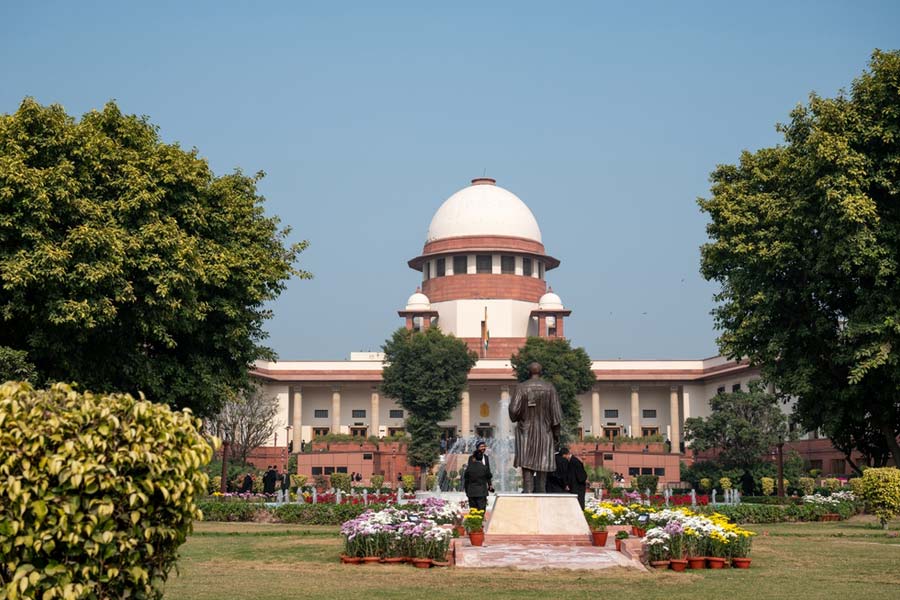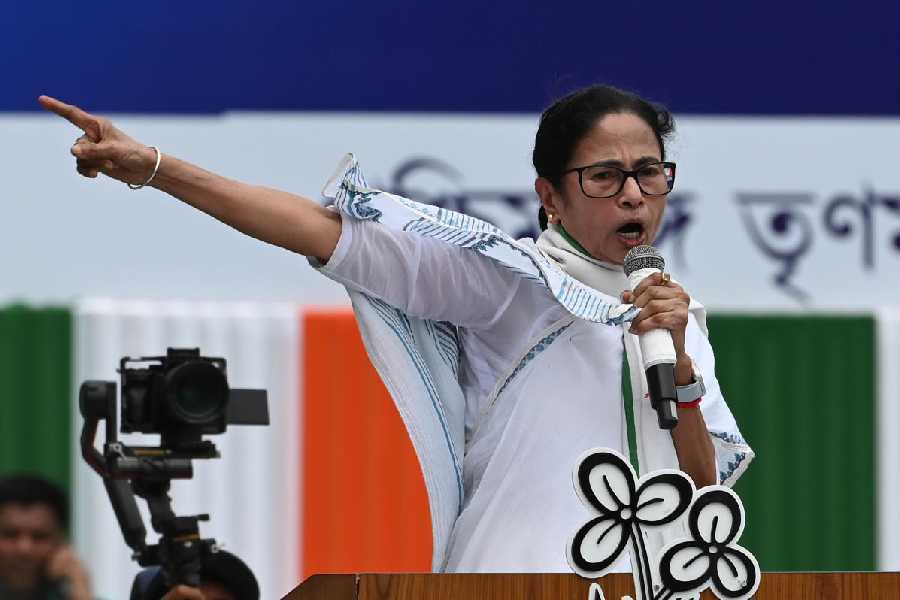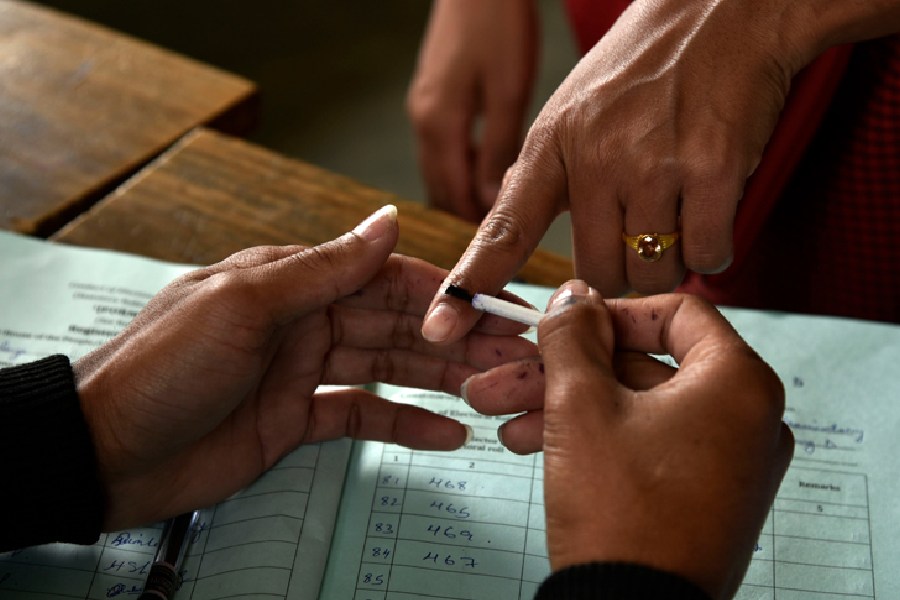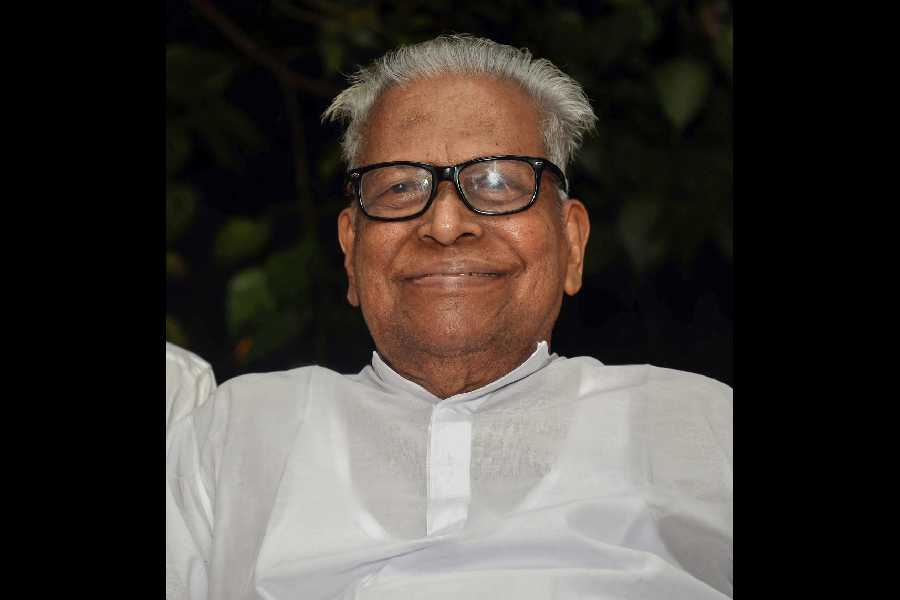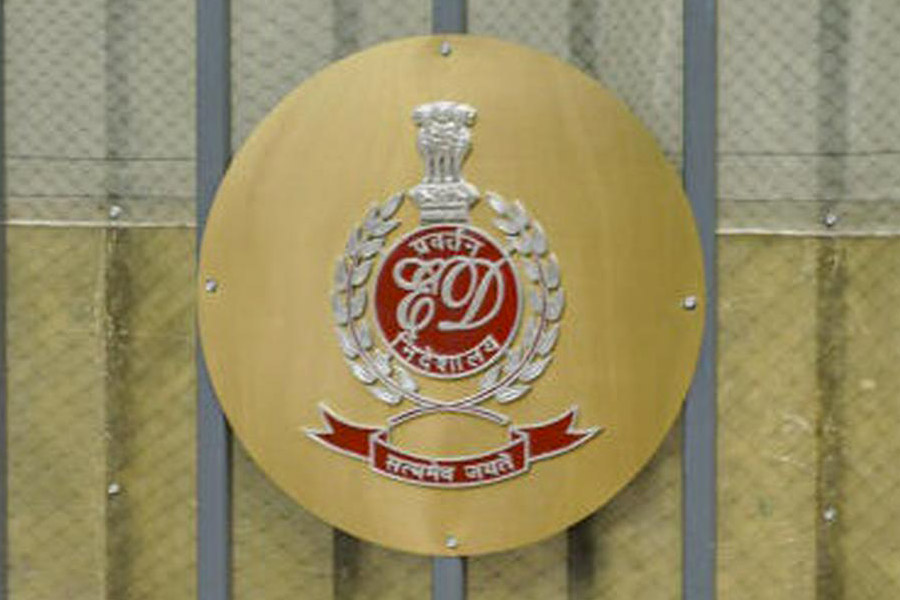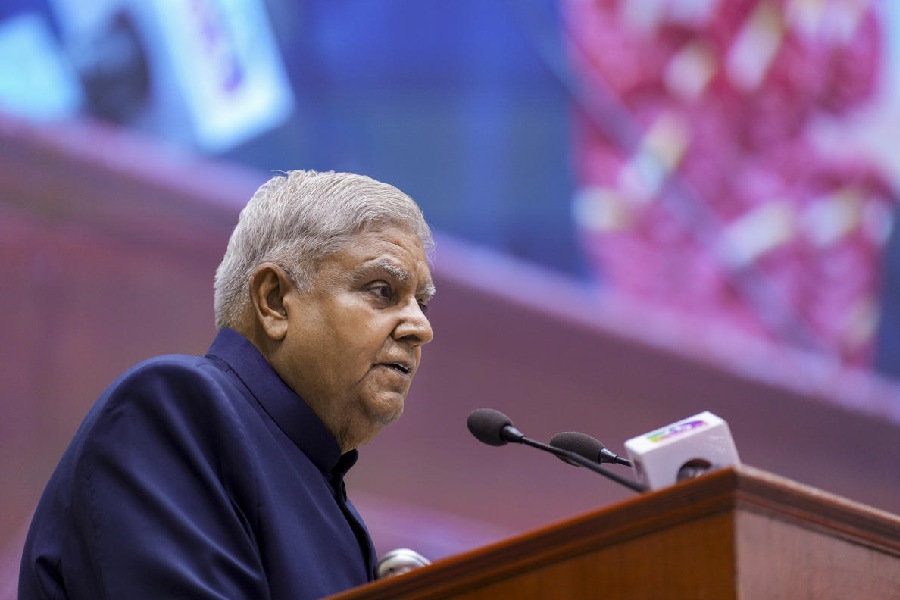 |
| If a crowd turnout at a recent Rahul Gandhi rally is anything to go by, his man Asrarul Haque has an edge in Kishanganj |
Elections in south and central Bihar over, the battle now shifts north of the Ganga with the next phase focused on Seemanchal, a region where polling has been influenced by its high percentage of Muslims.
Kishanganj constituency, around 400km northeast of Patna, is unique in the sense that it has the highest concentration of Muslims among all seats in the heartland comprising Bihar and Uttar Pradesh, which together account for 120 Lok Sabha seats.
The constituency, bordering Bangladesh and Bengal in the east and Nepal in the northwest, has 70 per cent Muslims — much more than that in the three other Seemanchal seats — Katihar, Araria and Purnea — which have a fair presence of the community as well.
Kishanganj is also unique in the sense that it has almost always stood by the Nehru-Gandhi family. Kishanganj elected Congress candidates, or those backed by the party, even when it got drubbed in other parts of the state in the last two decades and more. For example, the VP Singh-led Janata Dal “wave”, which swept through the heartland in 1989, failed to touch Kishanganj. Journalist MJ Akbar, a political rookie then, won Kishanganj in the 1989 polls when the Congress’s tally in undivided Bihar was reduced to four — its lowest ever count in the state since Independence.
Again in 2009, the Congress’s Asrarul Haque won from Kishanganj when the Nitish Kumar-marshalled NDA had swept Bihar, winning 32 of its 40 seats. The Congress won just one more seat: Meira Kumar from Sasaram.
This time around, when the BJP is claiming a wave in favour of Narendra Modi, the one seat the party of Sonia Gandhi is said to be “certain” about in Bihar is again Kishanganj.
The BJP is believed to have strong roots in the region for the RSS has worked among the “minority” Hindus organising them against the “majority Muslim community”, particularly in Kishanganj. The party, with support of the JD(U), had won the Purnea and Araria seats in 2009. But it is all set to face stiff resistance from the RJD-Congress in the region this time despite its much-vaunted wave in Modi’s favour.
Nitish, known to guard his secular image zealously, set his eyes on the seat much ahead of breaking the alliance with the BJP. Sensing quite early that if he strengthened his clout in Kishanganj, his credibility as a “secular leader” would be further cemented, he took the seat in his share in 2009 from the BJP, which had staked claim to the constituency since 1996, when the alliance was stitched.
But in a blow to Nitish, Kishanganj voters preferred Haque over the JD(U). Unnerved by the defeat, Nitish kept nursing Kishanganj and increased his focus on the constituency after the break with the BJP. He went out of his way to acquire land for a campus of Aligarh Muslim University (AMU) and made it a point to join Sonia in laying the foundation stone of the AMU campus on January 30 this year.
Nitish did all this to ensure that the Congress could not hog all the credit of the work that he had done for Kishanganj. Sadly for him, Kishanganj is believed to be continuing its tradition of reposing “faith” in the Nehru-Gandhi family. It became evident when the JD(U) nominee, Akhtarul Iman, withdrew from the race on April 15, virtually offering a “cakewalk” to Haque. The only challenger for Haque of some mettle is the BJP’s Dilip Jaiswal, who might find the going tough even if he garners votes of the 30 per cent Hindus in the constituency.
Though Iman has stated that he was withdrawing from the fray for the sake of “secularism” and avoid a division in the Muslim votes, political observers say he may have thrown in the towel after assessing the mood of the electorate. “He (Iman) sensed that he, as a JD(U) nominee, stood little chance to win against the Congress’s candidate. To be on the side of the overwhelming numbers of his community and ensure their support in later elections, Iman withdrew from the fray,” Mohammed Kamal, a professor of Hindi in an Araria college, told The Telegraph. “More than anything else, Iman has driven a nail in Nitish’s efforts to emerge as the most potent secular force against the BJP.”
The post-Mandal era that began in the early 1990s witnessed the obliteration of the Congress in most parts of the state. While the regional parties — Lalu Prasad’s RJD and Nitish’s JD(U) — made inroads in the Muslim vote base, the BJP pocketed the Congress’s upper caste electorate.
But the Seemanchal region comprising Kishanganj, Araria, Katihar and Purnea constituencies did not disappoint the Congress as much as other parts of the state did. All these constituencies have a considerable presence of Muslims who kept their faith in the Congress.
It was because of this that Lalu has spared three of the four Seemanchal seats to the Congress and the Nationalist Congress Party (NCP) this year. NCP’s Tariq Anwar, fighting from Katihar, is treated more as a Congressman — he has been a former Bihar Pradesh Congress Committee president. Neither the NCP nor its supreme leader, Sharad Pawar, has hardly any popularity in Bihar. If Tariq stands a chance in Katihar, it is more because 40 per cent of his community voters are said to be rooting for the Congress.
The Congress has fielded former MLA Amarnath Tiwary against the sitting BJP MP, Udai Singh alias Pappu Singh, in Purnea. Amarnath is banking on 22 per cent of the Muslim and 10 per cent of the Yadav votes, the core electorate of Lalu.
The RJD has kept in its share only Araria from where its old warhorse, Mohammad Taslimuddin, is contesting.
The demography and voting pattern in the Seemanchal region has lured both regional satraps, Nitish and Lalu, to fiercely vie for the Congress’s hand ahead of the polls. Nitish, then still in alliance with the BJP, went to the extent of breaking ranks with the NDA to vote in favour of Pranab Mukherjee in the 2012 presidential election against NDA’s Purno A. Sangma and even went on to praise Sonia and Prime Minister Manmohan Singh for their “support” to Bihar. But it was Lalu who eventually won the alliance with the Congress.
In its setting and ambience, the hot and humid Seemanchal region has more commonalities with the plains of north Bengal than with central and north Bihar in terms of ethnicity, language and culture. The region has a fair presence of Bengali-speaking people having their roots in pre-Partition Bengal.
Purnea elected a Bengali Congressman, Phani Gopal Sengupta, for three consecutive terms from 1957. Katihar too was won by Bholanath Biswas, a Bengali Congress leader, in 1957. Kishanganj is the only Bihar district with ubiquitous tea plantations in stark similarity with several parts of Bengal’s Jalpaiguri and Darjeeling districts.
The Seemanchal region is also known for its social and communal peace. In contrast with large parts of central and south Bihar, which have witnessed numerous sanguinary clashes in the past, Katihar, Kishanganj, Araria and Purnea have largely been free from caste and communal wars.
Apart from the four constituencies of Seemanchal, Banka and Bhagalpur bordering Jharkhand and Supaul of Kosi region, too are going to the polls on April 24.
Seemanchal votes on April 24
 |


